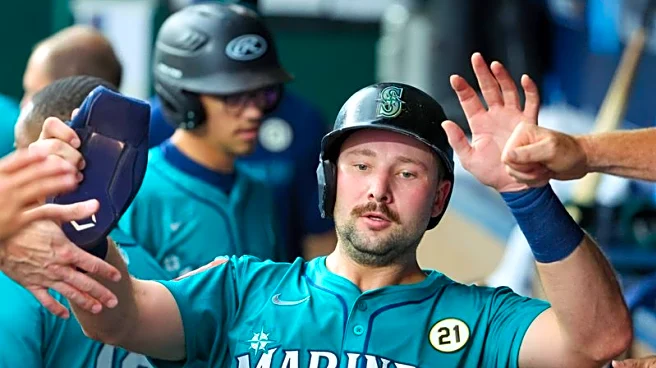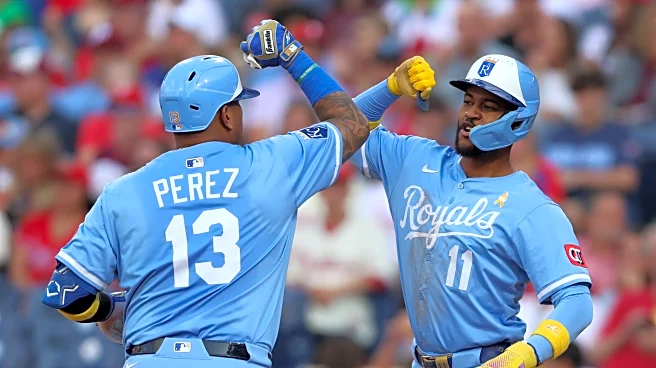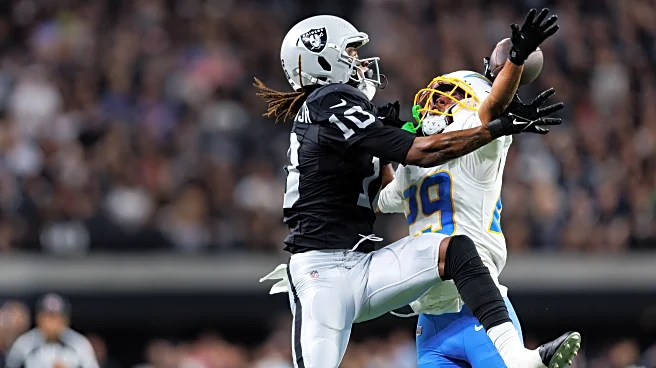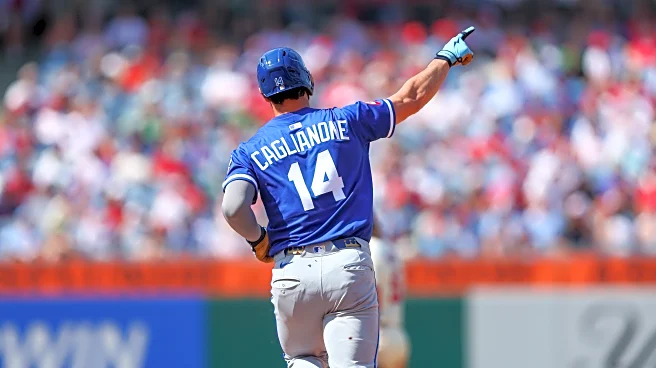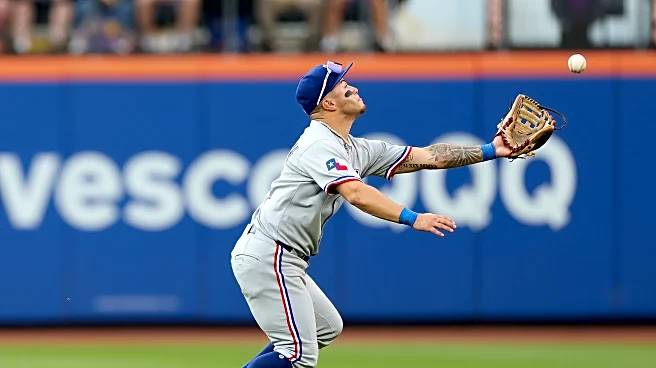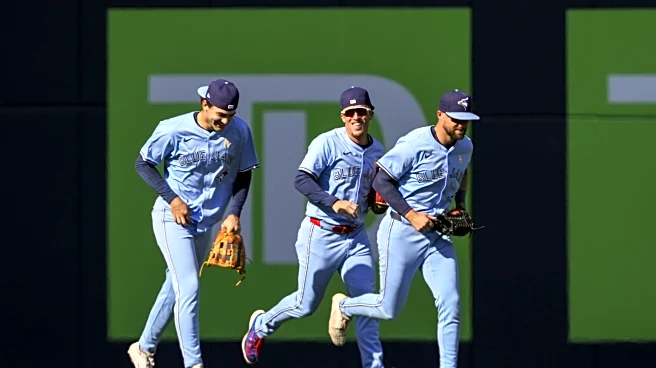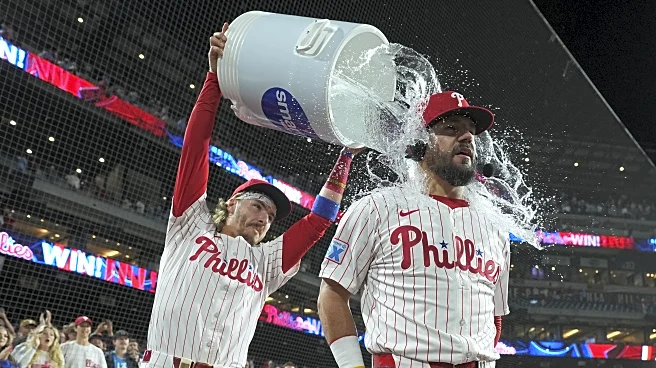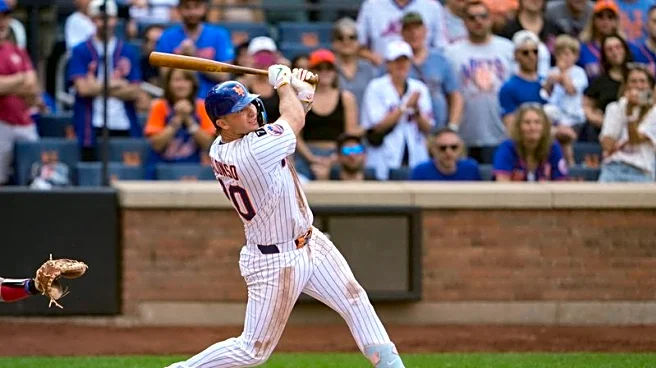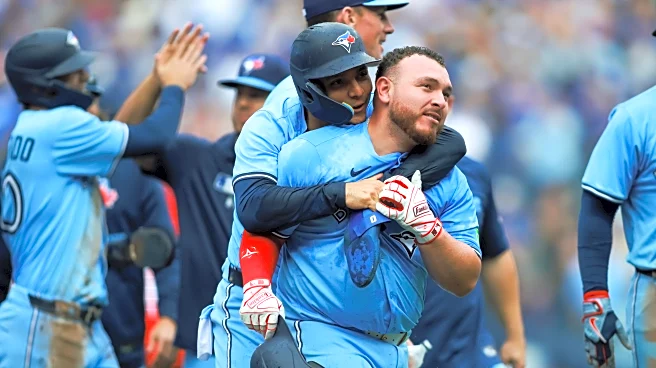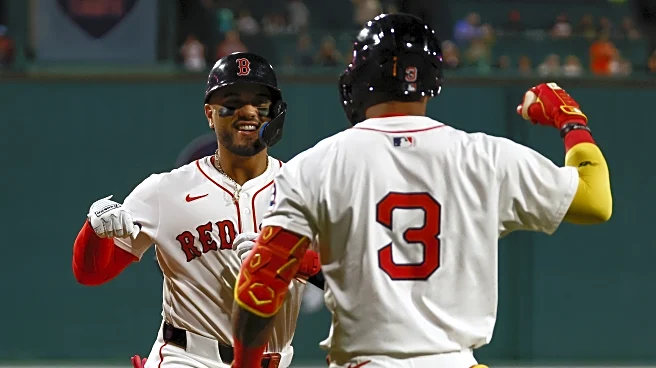Life’s first events are always a treat. Think about how you felt when you got your first bike. Your first kiss. Your first car. Your first marriage.
First events in sports are also memorable. That first game you attended. The first strikeout. The first home run. The first time you stole a foul ball from a kid.
This season is over. Yes, I know there are a few games left, but the Royals are just playing out the string. One of the highlights of this summer was seeing Jac Caglianone and Carter Jensen get
their first major league hits. Hopefully there’ll be many more for both young men.
Will either of these two develop into future stars? It’s impossible to say at this point, but I’m optimistic that both will have long and productive careers with the Royals.
Looking back, here are the first major league hits and first hits as a Royal with some of our earliest stars.
The Royals first star, and I use that term somewhat loosely, was Sweet Lou Piniella. When you’re an expansion team dealing with the rules in place in 1969, it was a minor miracle that Cedric Tallis was able to put together the type of team he did.
Piniella, who was a high school standout in the Tampa area, originally made his debut in the 1964 season with the Orioles at the age of 20. He got one at bat in four games but didn’t record a hit. He spent nearly all the next four seasons in the minors before getting a late season callup with Cleveland in 1968. He got five at bats in six games but still couldn’t record that elusive first hit.
The Indians left him exposed to the expansion draft whereupon the Seattle Pilots snaped him up. Tallis then spun some of his devil magic and acquired Piniella just in time for the Royals first game on April 8, 1969, at Municipal.
Piniella decided he’d had enough of the minor leagues and wasted little time announcing himself. Batting in the leadoff spot, he rifled a double in his first KC at-bat against the Twins’ Tom Hall and later came around to score the first run in franchise history. Sweet Lou was a breakout star in 1969, winning the Rookie of the Year award and receiving some down-ballot MVP votes.
Prior to the 1974 season, Tallis had a lapse in judgment and traded Lou to the damn Yankees in a deal that ranks among the worst of Tallis’s brilliant career. Piniella played for New York until the age of 40 and was often a thorn in the Royals’ side.
The other star from those early teams was Bob Oliver. Oliver was a versatile player who could play first, third or the corner outfield spots. Much like Piniella, Oliver came up in 1965 at the age of 22 with the Pirates. He got just two plate appearances and didn’t record a hit. Pittsburgh was loaded with high-quality outfielders in those days, and Oliver didn’t get another shot at the big leagues until he made his debut with the Royals. Again, like Piniella, he recorded his first major league hit on April 8, 1969, when he stroked a single off Tom Hall in his second at-bat.
On May 4, Oliver went six-for-six at the plate. Only three Royals have accomplished that feat (Oliver, Kevin Seitzer in 1987, and Joe Randa in 2004).
On July 4, Oliver hit the first grand slam in Royals history off Jim Bouton of the Pilots.
Oliver had his best year in 1970, when he hit 27 home runs and drove home 99, picking up some down-ballot MVP votes for his efforts.
Oliver’s son Darren, was born in Kansas City while his father was a member of the Royals, had a terrific 20-year major league career with nine teams as a left-handed pitcher.
Cedric Tallis had a gift of seeing something that others could not. He saw it in Amos Otis. AO originally came up with the Mets in 1967. He went 0 for 11 in his first six games before breaking out with a three-hit day against the Atlanta Braves on September 19, 1967. His first hit was a single off future Hall of Famer Phil Niekro at Atlanta-Fulton County Stadium. Otis went on to hit .361 over the next ten games. The Mets brass didn’t “see” Otis. They tried to make him into a third baseman and nearly ruined him. Tallis took advantage of that need and shipped Joe Foy to the Mets for Otis and pitcher Bob Johnson.
It was highway robbery. Otis quickly became a star in Kansas City and a beloved one at that. On April 7, 1970, in a game at Municipal against our former team, the A’s, Otis got his first Royal knock with a third inning single off Blue Moon Odom.
Otis went on to become one of the greatest Royals of all time and was a charter member of the Royals Hall of Fame.
Tallis was always on the lookout for young talent, and when the Houston Astros picked up Lee May in a trade, Tallis inquired about a young first baseman who had struggled in his early years. John Mayberry made his debut with Houston in 1968 as a 19-year-old and went hitless in his first 15 plate appearances in 1968 and 1969. Finally, on April 9, 1970, Big John got off the schneid with a fifth inning single off the Giants’ Frank Reberger in a game at Candlestick.
Mayberry found a home in Kansas City and announced himself in a big way. On April 15, 1972, in his first game at Municipal, Big John came to the plate in the bottom of the eleventh inning against the White Sox Bart Johnson and delivered a walk-off single to give the Royals an exciting 2-1 victory. The game had been scoreless going into the 9th before Dick Allen crushed a lead-off home run on a Dick Drago pitch. It looked bleak for the Royals, but Bob Oliver rescued them with a two-out home run in the bottom of the ninth off Wilbur Wood. That set the stage for Mayberry’s heroics. Big John remains one of the most popular Royals of all time. He was inducted into the Royals Hall of Fame in 1996.
In the 1972 off-season, Tallis traded his best pitcher (Roger Nelson) and one of his best hitters (Richie Scheinblum) to the Cincinnati Reds for a couple of oft-injured players, pitcher Wayne Simpson and an outfielder named Hal McRae.
McRae made his debut with the Reds on July 11, 1968, in a game against the Giants at beautiful old Crosley Field. He stroked a single off Hall of Famer Gaylord Perry in his first at-bat.
McRae was a part-time player on the emerging Big Red Machine teams of the early 1970s. In the deciding Game Five of the 1972 NLCS, the Reds trailed the Pirates 3-to-2, going into the bottom of the ninth. Johnny Bench hit a dramatic home run to tie the score. Tony Perez singled. Dennis Menke hit another single, which moved pinch runner George Foster to third.
Sparky Anderson sent up McRae to pinch hit against Bob Moose. Moose uncorked a wild pitch, allowing Foster to score the winning run while Mac and the sold-out Riverfront crowd went bananas. The Reds went on to lose that World Series to our old team, but McRae made a name for himself by destroying Dick Green while breaking up a double play.
By the time Tallis brought him to KC, McRae was heading into his fifth major league season. In his second game with the Royals, Mac collected his first hit as a Royal, an eighth-inning bases-loaded double off the Angels’ Ron Perranoski, leading KC to a 12 to 5 win.
The next star to make an appearance was a wild-haired California kid who had shot through the Royals’ minor league system. They thought enough of him that they traded away a perfectly good third baseman named Paul Schaal and gave him the job.
On August 2, 1973, in the fourth inning of his first game, George Brett went the other way, stroking a single to left off the White Sox’s Stan Bahnsen in a game at Comiskey. Brett would go on to collect 3,153 more hits over the next 21 seasons on his way to the Baseball Hall of Fame. Years later, I met Bahnsen and had a nice conversation with him. I asked him if he remembered giving up the hit to Brett (he didn’t). Bahnsen, one of the nicest people you’d ever meet, was kind enough to sign a ball for m,e “Gave up first hit to George Brett”. I don’t have a lot of autographed baseballs, maybe 20, but that one is one of my favorites.
The Royals had two young, homegrown stars debut in 1995. Mike Sweeney and Johnny Damon. Damon came up first and on August 12 hit a fifth inning leadoff triple off future Royal Tim Belcher. Damon collected two more hits, scored a run, and got his first RBI that day, part of a 7 to 2 Royals win.
Sweeney got the first of his 1,540 career hits on October 1st, a 6th inning single off the Indians’ Paul Assenmacher. That was part of a 17-7 shellacking Cleveland laid on the Royals that day. The 1995 Indians were loaded with guys like Kenny Lofton, Omar Vizquel, Albert Belle, Jim Thome, Carlos Baerga, Eddie Murray, Manny Ramariz, and Dave Winfield. How did that crew never win a World Series? Sweeney, meanwhile, was just getting started. From 1999 to 2003, he was one of the better players in baseball. When he wasn’t hurt, he could hit with the best of them. He was inducted into the Royals Hall of Fame in 2015.
Towards the end of the 1998 season, with the Royals on their way to 89 losses, the team brought up an athletic young centerfielder named Carlos Beltran. On September 14, Beltran came into the game in the seventh inning as a defensive replacement for Larry Sutton. The Royals were on their way to a 16-to-6 blowout win over Oakland. Beltran came up in the bottom of the 7th against Buddy Groom and legged out an infield single. He later came around to score on a double by Dean Palmer. Beltran only appeared in 14 games in 1998, thus retaining his rookie eligibility. He wasted little time becoming a star in 1999, collecting 194 hits, scoring 112 runs, and driving home 108 more, all the while playing a transcendent center field. That output easily won him the Rookie of the Year award. Beltran collected every first-place vote except two. One went to Seattle pitcher Freddie Garcia, who did win 17 games. The other vote went to the Red Sox Brian Daubach, undoubtedly from a Boston sportswriter. Daubach had an okay season, but nothing like Beltran’s. Not even remotely close to Beltran’s. That writer should have his voting privileges revoked.
It’s been so long since Beltran last played for the Royals, having been traded away midway through the 2004 season. The memory remains a blight on the organization, a dark time when we couldn’t find a few extra million to keep a homegrown star. Today, the team vomits that kind of money on a .200 hitting utility infielder. Some year soon, Beltran will go into the Baseball Hall of Fame. It’s a shame the Royals couldn’t keep him in the organization.
All of this brings us to one of our last homegrown stars, the one and only, Sal Perez. Salvy wasn’t even one of the team’s top prospects when he was called up in August 2011.
He made his debut on August 8 in a game against Tampa at Tropicana Field. The starting pitcher for the Rays that day was Wade Davis. Yes, that Wade Davis. In the fourh, Salvy hit a sacrifice fly, picking up his first RBI. In the seventh, he collected his first hit, a leadoff single off his future batterymate, and later came around to score on a Melky Cabrera sacrifice fly.
Someday soon, Salvy will join the Royals Hall of Fame. His place among the icons of the franchise is already assured.
Our final home-grown star is still thrilling us. Big things were expected from Bobby Witt, Jr. and he hasn’t disappointed. Junior made his debut on April seventh, 2022, in a game against Cleveland at the K. In the bottom of the eighth, with the game tied at one, Bobby stroked a double down the left field line off Triston McKenzie for his first major league hit. The knock scored Michael Taylor with the go-ahead run.
Whether the player becomes a star or just another guy, there’s nothing like seeing the joy of someone getting their first hit. Seeing their family celebrate their loved one reaching the pinnacle of their sport is one of the game’s heartwarming events.

